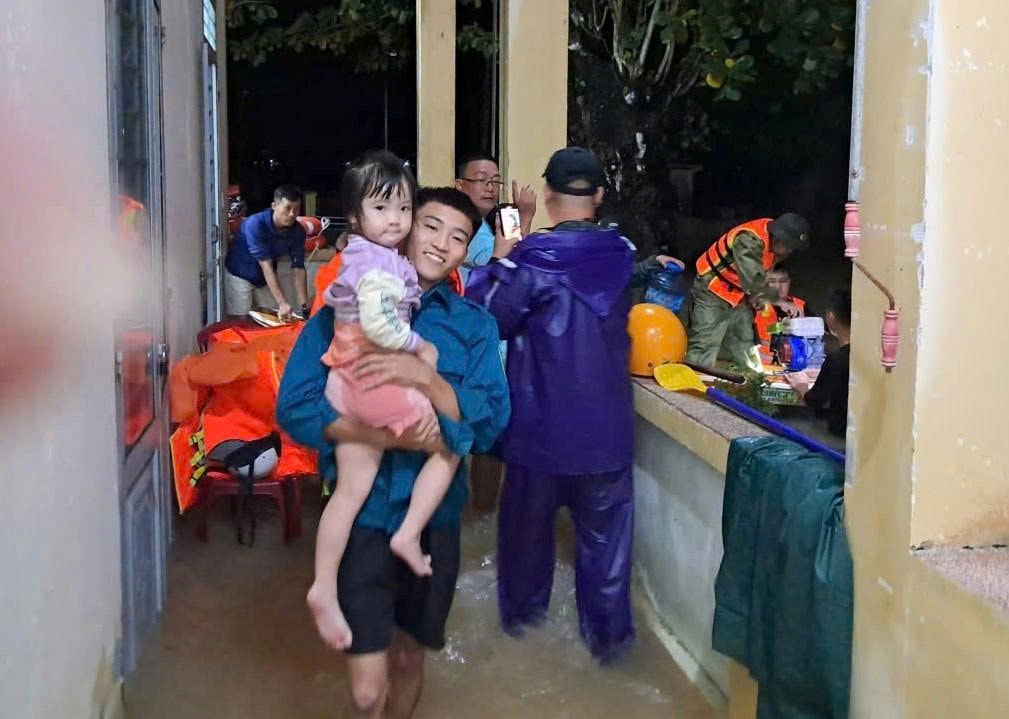
Keep people safe in disaster areas
In Tra Tap commune , heavy rains lasting from October 25 to 28 caused serious landslides on many roads, partially cutting off residential areas. The total volume of soil and rock that spilled onto roads and residential areas is estimated at more than 4,000m³.
At noon on October 28, in the central residential area, a new landslide formed, directly threatening dozens of households. The commune authorities urgently mobilized forces to evacuate 10 households to safety and urgently dismantled 4 high-risk houses to ensure absolute safety for people and property.
By the afternoon of the same day, Tra Tap commune had evacuated a total of 45 households with 155 people to temporary shelters. In village 6, the Party cell and the village people's committee directly crossed the forest to bring necessities to each isolated household. The evacuation point was set up right at Lang Luong school, where teachers and youth union members stayed up all afternoon to cook, set up shelters and support 16 households with 90 people for temporary shelter.
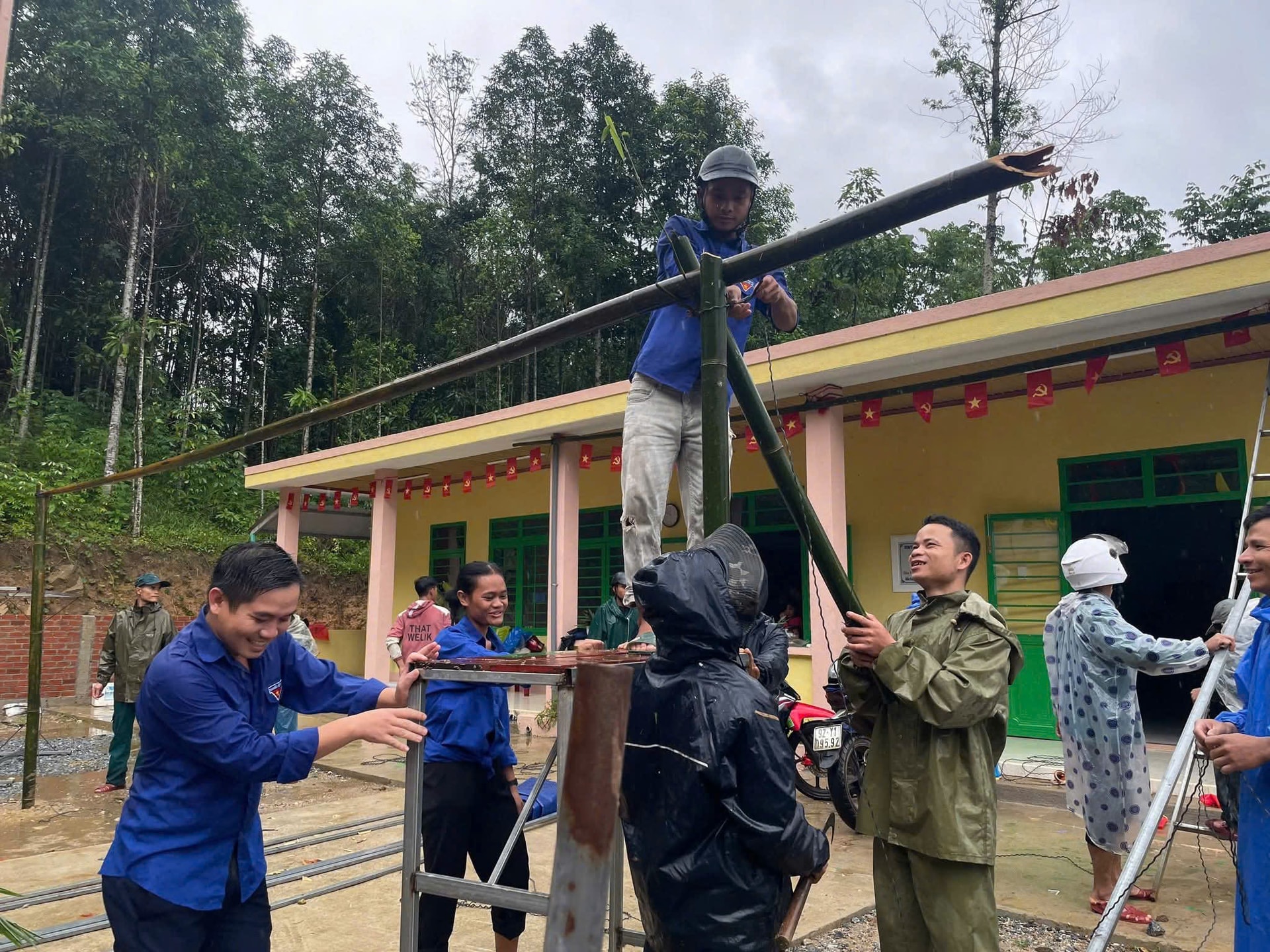
In Tra Van commune , the floods caused the most damage to traffic, with 23 large and small landslides on routes DH5, DH8 and the road from Tra Vinh to Dak Ru, of which two large points at Ong Sinh and Ong Bich peaks (village 1) were completely blocked.
The locality has evacuated 52 households with 218 people to a safe place. People have been provided with accommodation, food and drinking water. The commune's Youth Union mobilized benefactors to donate 4 million VND to buy food, and also gave 2 million VND to the extremely poor household Ho Thi Thao in village 4.
In Nam Tra My commune , prolonged heavy rains have caused many new landslides to appear, in which the Nuoc Xa area has been identified as having a very high risk of landslides. Local authorities have evacuated 17/27 households here with 105 people, the rest continue to be mobilized to the village Cultural House.
Mr. Vo Nhu Son Tra, Vice Chairman of the Commune People's Committee, said that on National Highway 40B, a large amount of soil, rocks, acacia trees, and bamboo trees flowed down the road, creating a large crack more than 50m long at Km86+500.
We have set up warning signs, set up guard posts, and only allow vehicles to pass through when the weather is favorable. Along the entire route, there are 15 landslide sites that have been roped off and have warning signs installed, and 7 major sites are being leveled by the construction unit to ensure initial traffic flow.
Mr. Vo Nhu Son Tra, Vice Chairman of Nam Tra My Commune People's Committee
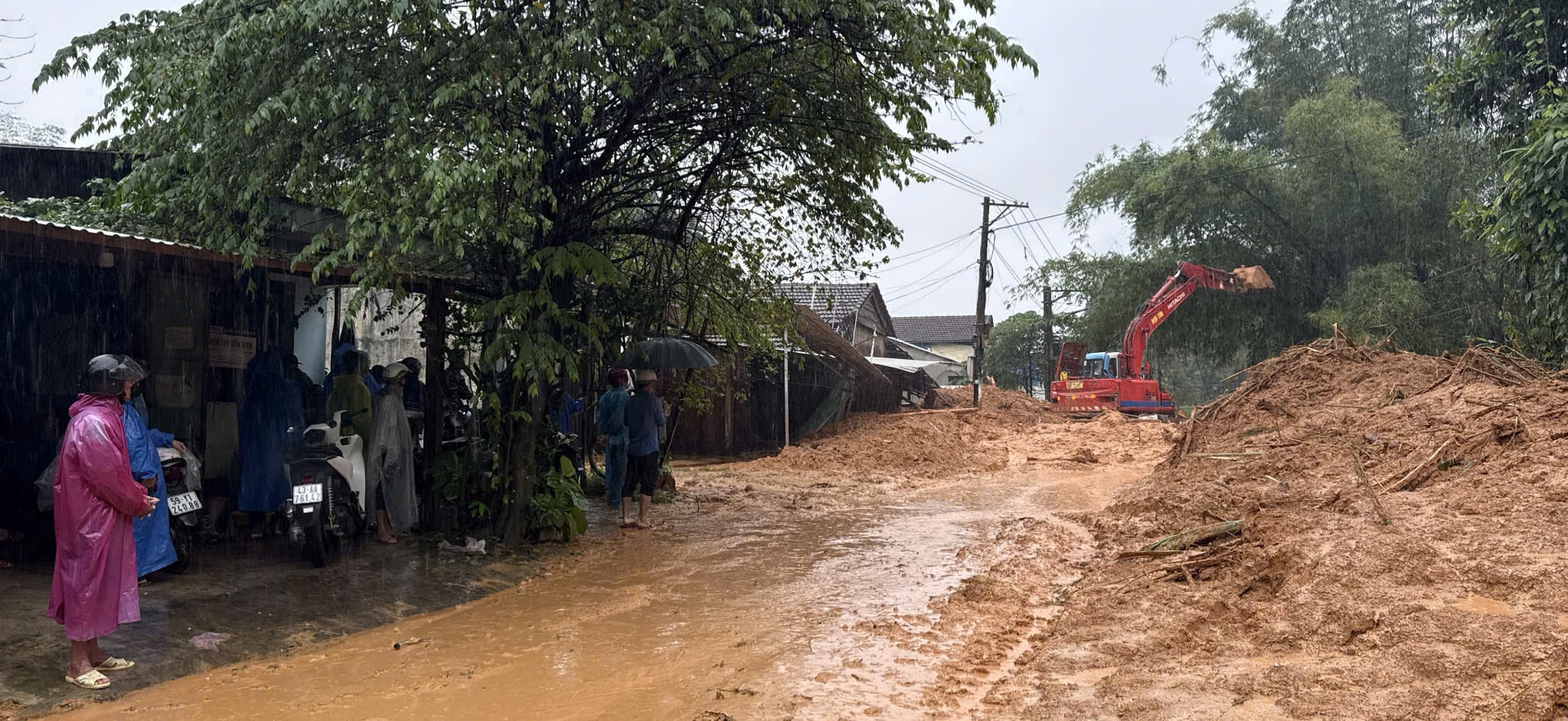
In Lanh Ngoc commune , Mr. Hoang Van Thanh, Secretary of the Commune Party Committee, said that the locality has implemented the "four on-site" policy, mobilizing forces to inspect and block bridges and culverts such as Song Tum, Hoc Hoa, and Vung Dai, promptly warning people not to pass through dangerous areas. By the end of October 28, the locality had completed the evacuation of people in villages 6, 8, 14, 15, and 16 to safety, with no recorded human casualties.
Main force on the front line of natural disaster prevention
Together with the local authorities, during the peak days of floods and rains, the Da Nang City Military Command mobilized nearly 6,300 officers, soldiers and militiamen, along with 19 motor vehicles, rescue boats and canoes ready to support the people.
On the night of October 27 and early morning of October 28 alone, the armed forces coordinated with local authorities to evacuate more than 4,200 households with 11,400 people from deep flooded areas and areas at risk of landslides. Long lines of rescue vehicles were deployed on National Highways 14G, 40B or the Vu Gia - Thu Bon River bypass, with lights still on in the middle of the night. All were strictly managed according to the plan of "on-site emergency response, timely support" to ensure absolute safety for the people.
Along with the evacuation, military units also directly supported the transportation of necessities and set up temporary shelters at shelters, helping people stabilize their housing in conditions of shortage and prolonged heavy rain.
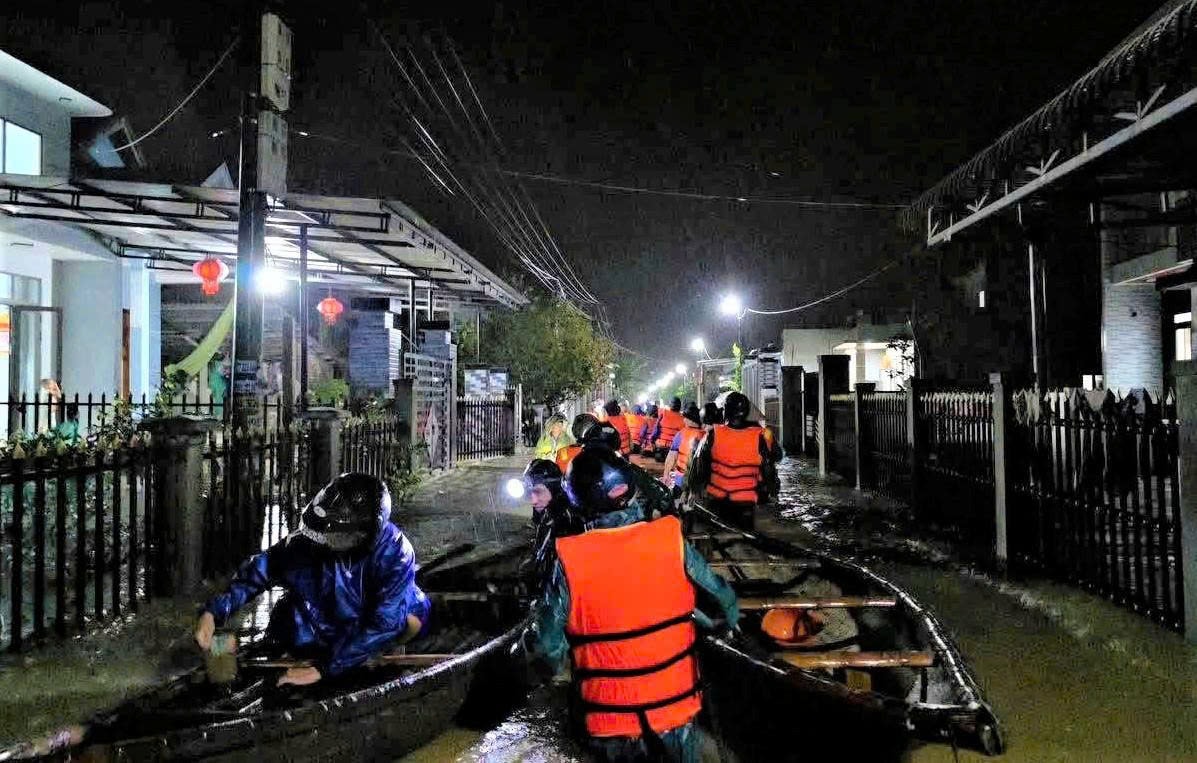
In the midlands and deltas, police, militia and disaster prevention teams of wards and communes were activated 24/7. They took turns standing guard on deeply flooded roads, assisting people in moving and warning of dangerous areas. Some mountainous communes also sent patrol forces in small groups to check for new landslides and promptly inform the local disaster prevention command.
Meanwhile, the electricity sector is also racing against time to ensure people's safety. As of the morning of October 28, the entire system recorded more than 104,000 customers and 1,477 transformer stations affected, mainly in low-lying communes such as Phuoc Thanh, Nong Son, Tra Giap, Dien Ban, and Dai Loc.
Mr. Nguyen Huu Khanh, Deputy General Director and Head of the Command Board for Natural Disaster Prevention and Search and Rescue of the Central Power Corporation (EVNCPC), said that EVNCPC prioritizes electrical safety in flood-prone areas. The Corporation has directed its units to maintain 24/7 on-duty forces and coordinate with local authorities to restore power as soon as safety conditions allow.
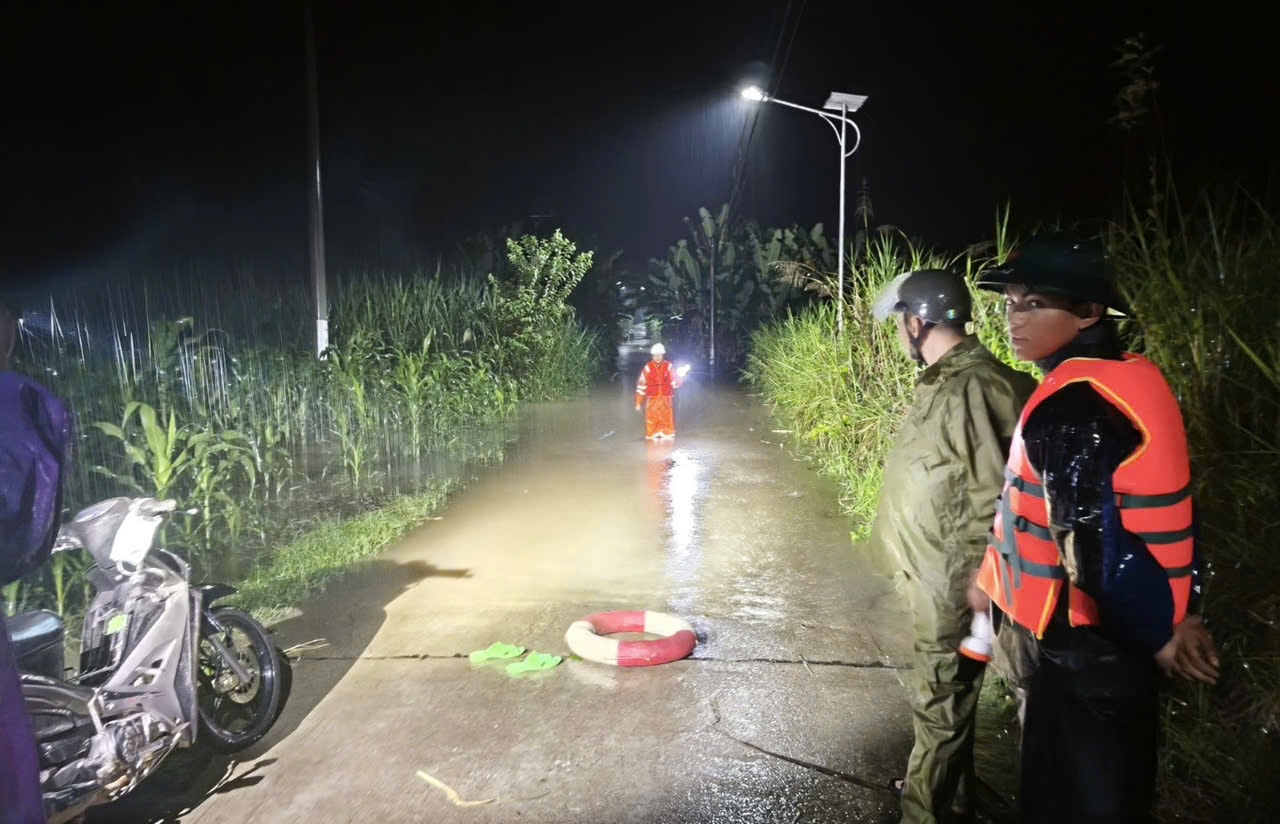
Da Nang Electricity Company has issued a warning to people not to arbitrarily check, climb electric poles or start equipment when the water has not receded, and has sent technical staff directly to each area to check and guide the handling of electrical leaks and broken wires. The restoration of power supply is being carried out in stages, with priority given to hospitals, evacuation points and densely populated areas.
In areas that are still flooded, technical teams only set up traffic lights and temporary fences to ensure absolute safety for people, waiting for the water to recede before restarting the system.
Bridges in the flood zone
When the floodwaters rose, in addition to the authorities, many individuals and volunteer groups became timely "bridges" between flooded areas and safe areas. They organized themselves, volunteered to mobilize resources, and quietly joined hands with local authorities to help people overcome the most difficult times.
Mr. Nguyen The Dinh, a native of Thu Bon commune, currently working in Ho Chi Minh City, after learning about the flood situation in his hometown, quickly contacted benefactors to mobilize nearly 100 million VND to support emergency relief work. His group bought a motorboat worth 40 million VND, more than 1,000 hot meals, a mobile battery charging station and essential necessities, and sent them to Thu Bon commune on October 28.
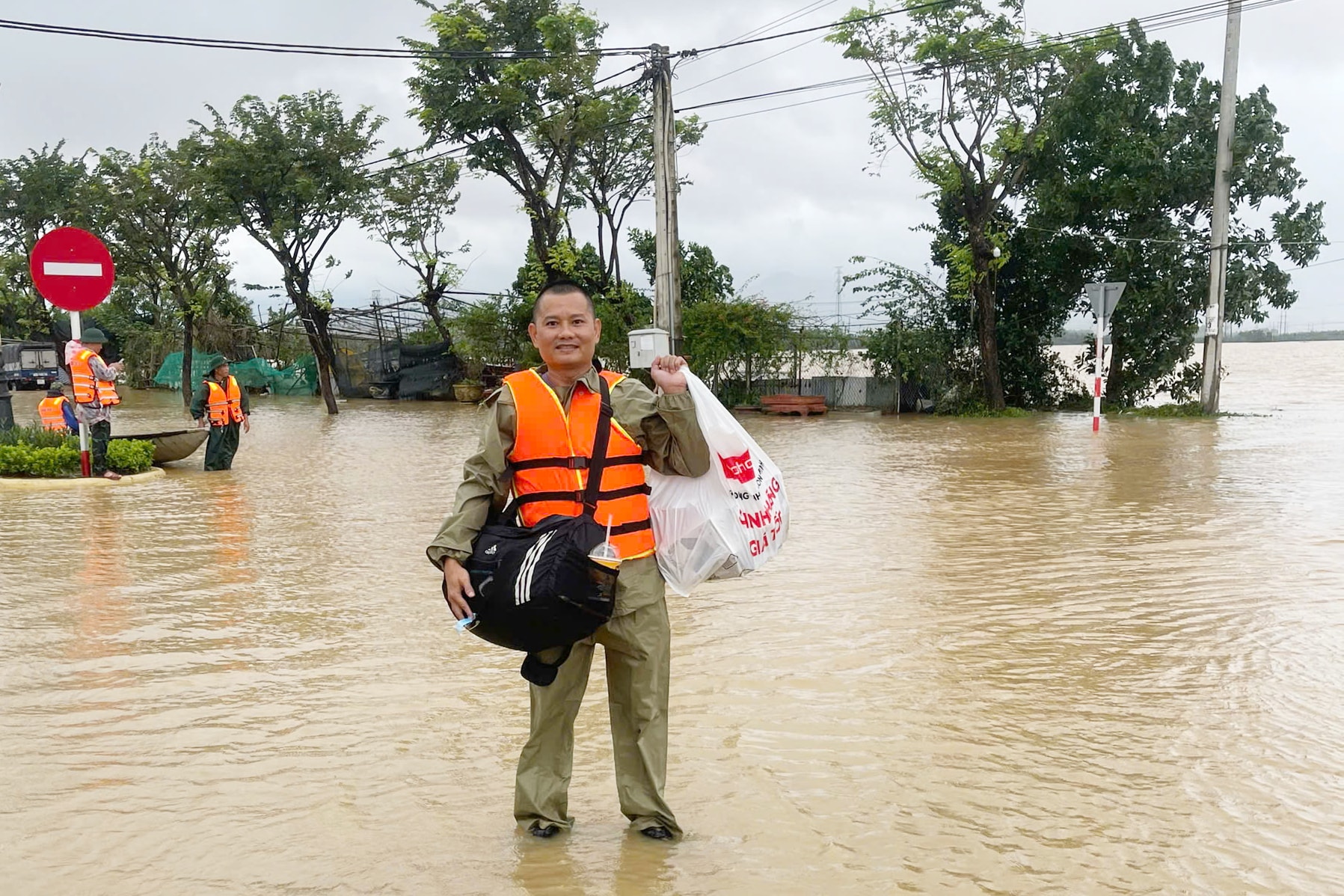
That same afternoon, Mr. Dinh flew back to his hometown and coordinated with the Women's Union of Thu Bon commune to organize a free kitchen to serve people in isolated areas.
The flood came so quickly that people had no time to react. Only in the flooded areas can one see the hardships... I only contribute a small part, hoping that people will receive timely support and help.
Mr. Nguyen The Dinh
On social networks, volunteer groups such as SOS Quang Nam, SOS Da Nang, BDS Volunteer Association or Hoi An and Phuc An Electric Car Teams are also operating continuously. Rescue and relief information is updated hourly, connecting quickly between those in need and those with means. Hundreds of meals, drinking water, and life jackets are delivered to deeply flooded areas such as Thanh Ha, Nong Son, Que Phuoc, and Dai Loc.
Many cases of calls for help via social networks such as Fanpage, Zalo groups... were responded to promptly, thanks to flexible coordination between local people, rescue forces and volunteer groups, helping to significantly reduce damage.
Mr. Tran Huy Dang (8 Sang), Head of the BDS Volunteer Association, said that the group had just finished supporting in Quang Tri and Thua Thien Hue and immediately moved to Da Nang, coordinating with the local rescue team to go deep into the mountainous communes. From Dai Loc, Nong Son to Que Phuoc, there were rescue teams at all points, carrying food, raincoats and canoes to reach the people.
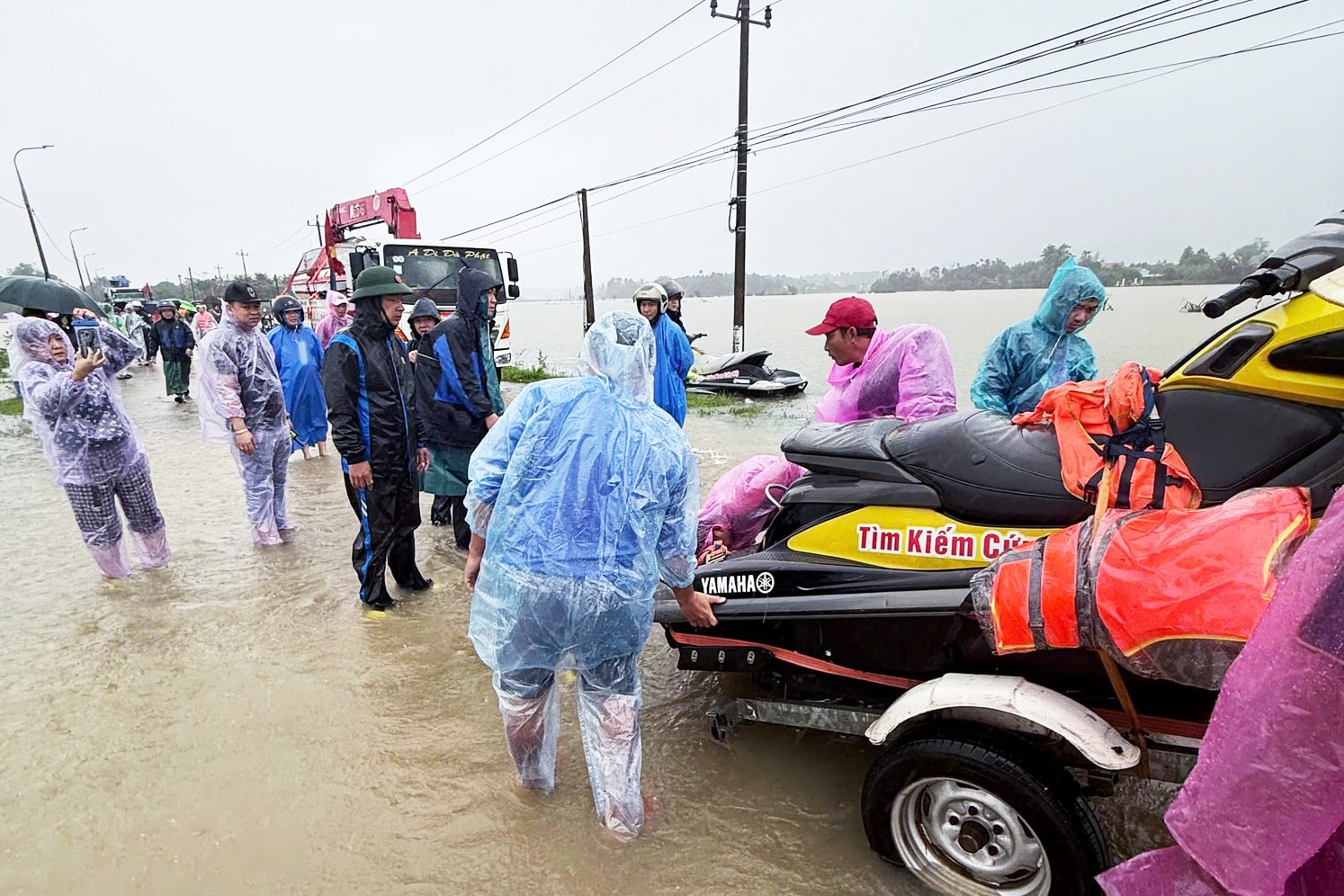
"We move wherever the water rises. This year's floods are widespread and fast. If we were a little slower, people would have suffered a lot of damage. Our job is to be there as soon as possible, provide support at the right place, and evacuate safely for both people and vehicles," said Mr. Dang.
These activities are not noisy, not ostentatious, all for the community. The Central region suffers many natural disasters every year, thanks to the smooth coordination between the government, volunteer forces and people, an effective relief "network" has been formed, information is shared quickly and accurately, people in distress are supported as soon as possible, and the consequences are significantly reduced, which is truly precious.
Source: https://baodanang.vn/cong-dong-chung-lung-voi-dong-bao-vung-thien-tai-3308544.html



![[Photo] Flooding on the right side of the gate, entrance to Hue Citadel](https://vphoto.vietnam.vn/thumb/1200x675/vietnam/resource/IMAGE/2025/10/28/1761660788143_ndo_br_gen-h-z7165069467254-74c71c36d0cb396744b678cec80552f0-2-jpg.webp)
![[Photo] Draft documents of the 14th Party Congress reach people at the Commune Cultural Post Offices](https://vphoto.vietnam.vn/thumb/1200x675/vietnam/resource/IMAGE/2025/10/28/1761642182616_du-thao-tai-tinh-hung-yen-4070-5235-jpg.webp)


![[Photo] National Assembly Chairman Tran Thanh Man received a delegation of the Social Democratic Party of Germany](https://vphoto.vietnam.vn/thumb/1200x675/vietnam/resource/IMAGE/2025/10/28/1761652150406_ndo_br_cover-3345-jpg.webp)
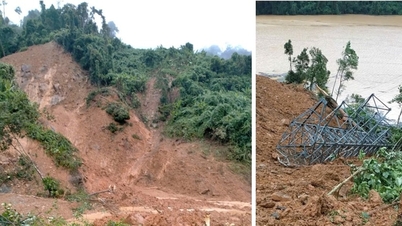
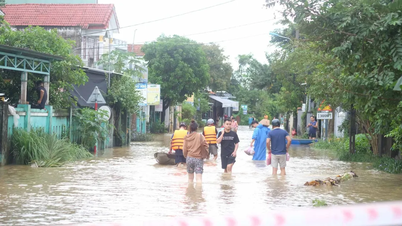

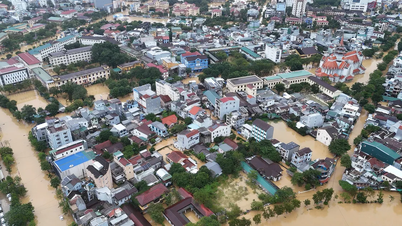
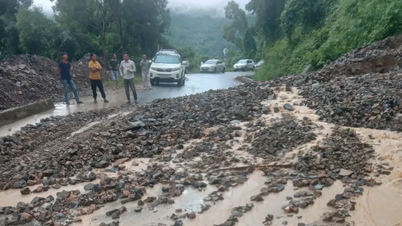
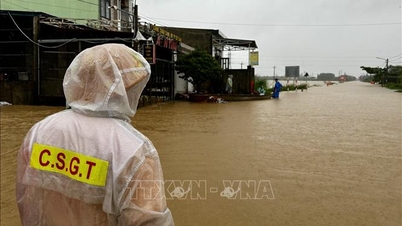

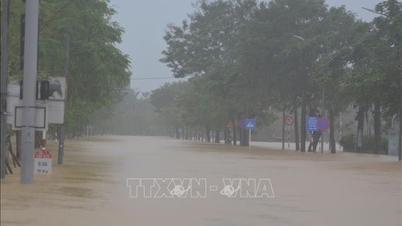
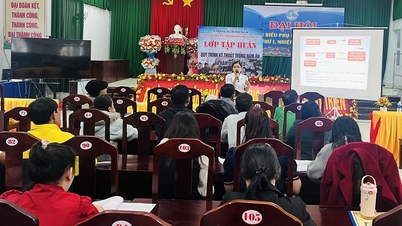

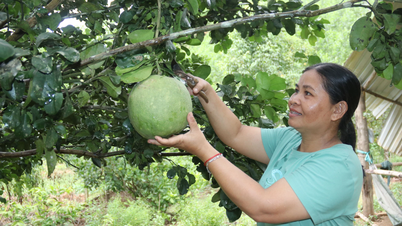



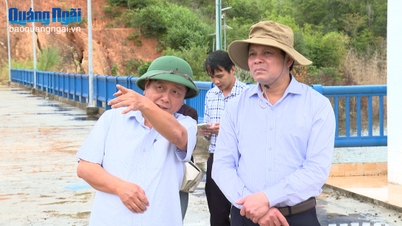

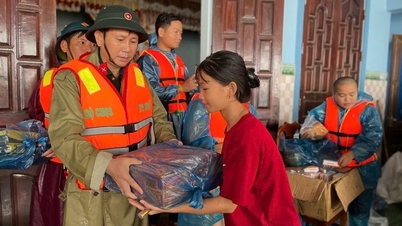

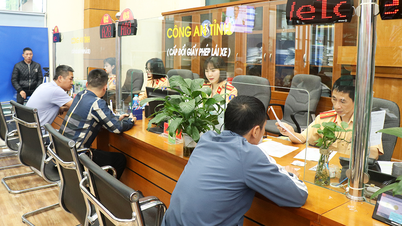







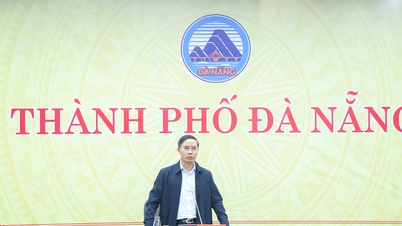
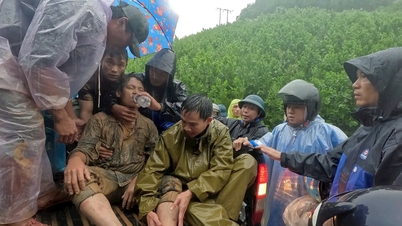
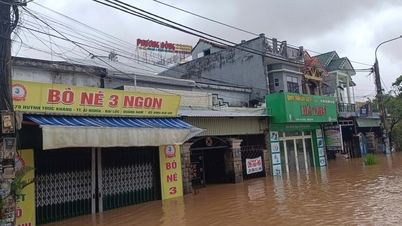
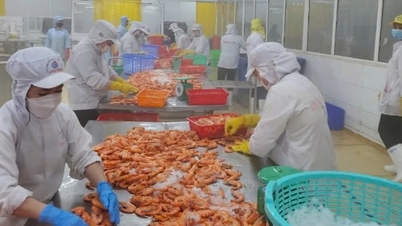

![[Photo] President Luong Cuong attends the 80th Anniversary of the Traditional Day of the Armed Forces of Military Region 3](https://vphoto.vietnam.vn/thumb/1200x675/vietnam/resource/IMAGE/2025/10/28/1761635584312_ndo_br_1-jpg.webp)







































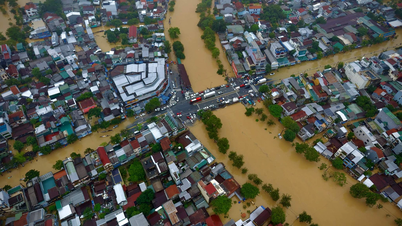





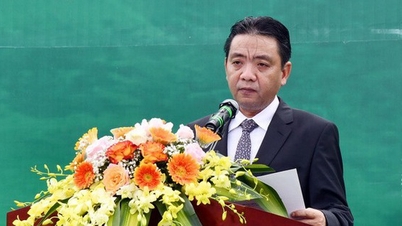










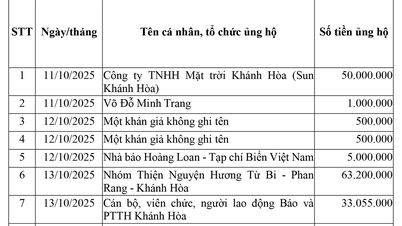
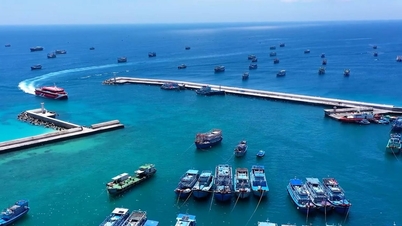


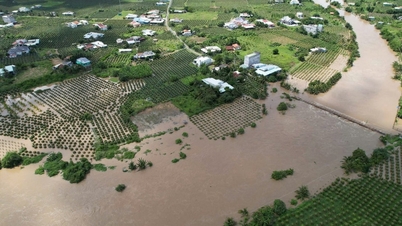













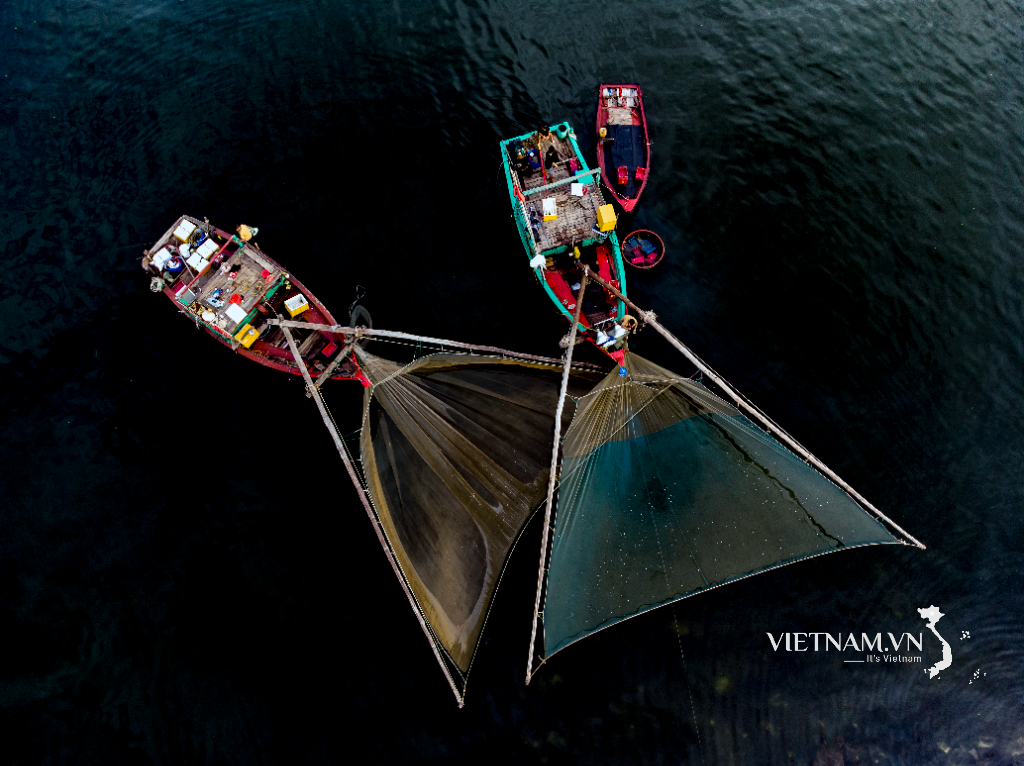


Comment (0)